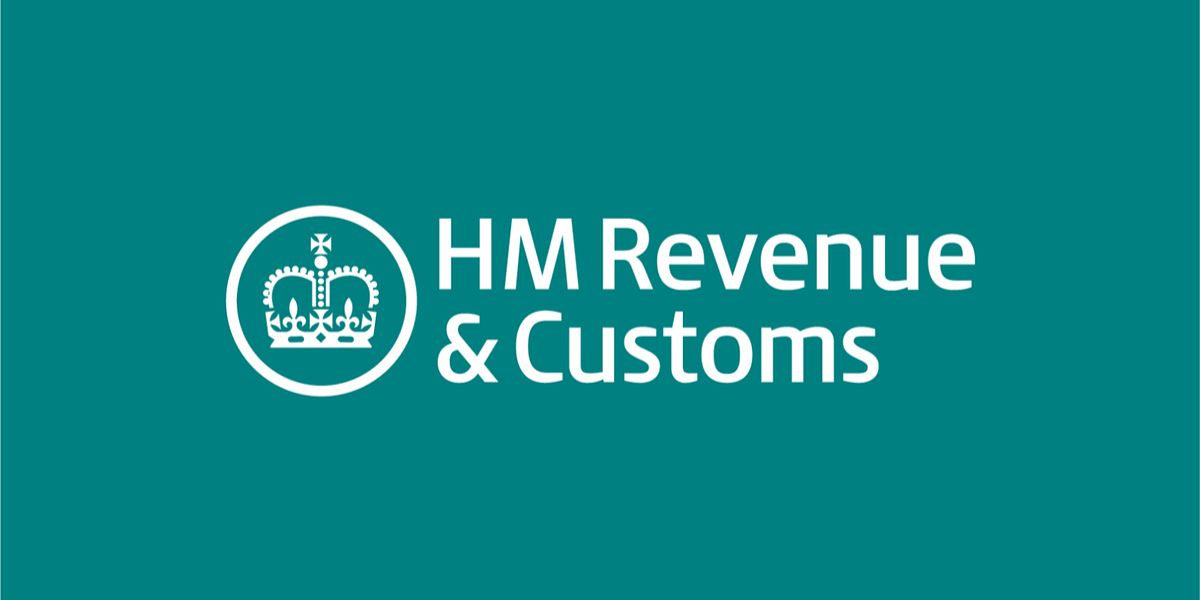On 4 December 2017 HMRC published the results of a survey carried out in May 2017 into the impact of the availability of capital gains tax (CGT) entrepreneur’s relief on the behavior and motivation of individuals in the UK who could be eligible for the relief. The survey looked for information on whether the entrepreneurs’ relief affects an individual’s decision on issues such as investment, reinvestment and retirement, and whether there are barriers to claiming the relief.
UK capital gains tax applies to individuals and is currently charged on gains at rates between 10% and 28% depending on the total income of the individual and the nature of the asset. Individuals who are within the higher rate income tax band would pay CGT at the higher rate of 20% (28% before 6 April 2016) or at 28% on sales of residential property.
Entrepreneurs’ relief provides for the CGT rate to be reduced to 10% on qualifying disposals of business assets. An eligible claimant must be an individual carrying on a business as a sole trader or partner or a trustee disposing of assets used in a business; or the owner of at least 5% of shares in a trading company (or holding company of a trading group) of which the individual is an employee or officer. The business should be engaged in a trade, profession or vocation and the conditions must be met for at least twelve months before the disposal (or in some cases before the cessation of trading).
The research now published on the UK government website revealed that the group of taxpayers most likely to be influenced by the availability of entrepreneurs’ relief when investing were individuals who no longer had any involvement in their company but were looking to set up a new company and were looking for professional advice on this. A possible conclusion from this is that entrepreneur’s relief is influencing some people to invest who later consider investing in new entrepreneurial activities.
Around 22% of the taxpayers surveyed considered that the availability of entrepreneurs’ relief had influenced either their decision to invest, or their decision to dispose of an investment, or both. The existence of the relief influenced their consideration of the tax efficiency of their decisions. Taxpayers including assets of more than GBP 1 million in their claim to the relief were more likely to have been influenced by the relief in their decision both to make the investment and later to dispose of it.
In the group of taxpayers who had not claimed entrepreneurs’ relief in the last five years but could be eligible for it in future around 16% said that the existence of the relief would influence their decision to close or sell the business or to invest in new businesses in the future. With regard to the ease of claiming entrepreneurs’ relief around 75% of taxpayers surveyed did not encounter any obstacles to claiming the relief. The main barrier mentioned by taxpayers to making a claim was uncertainty about their eligibility for the relief.
In the autumn budget in November 2017 the UK government announced that it is to launch a consultation on how the rules could be changed to enable individuals owning 5% of shares in a trading company to retain entrepreneurs’ relief in some situations even after their shareholding is reduced below 5%, so the relief could remain available on gains accruing up to the date when new shares are issued in raising funds for commercial purposes.


















